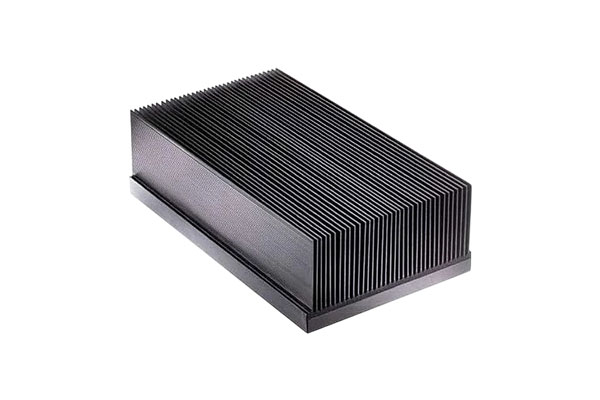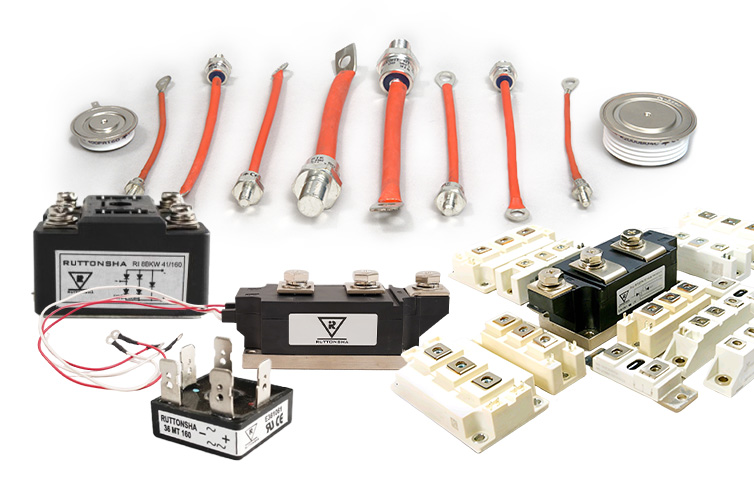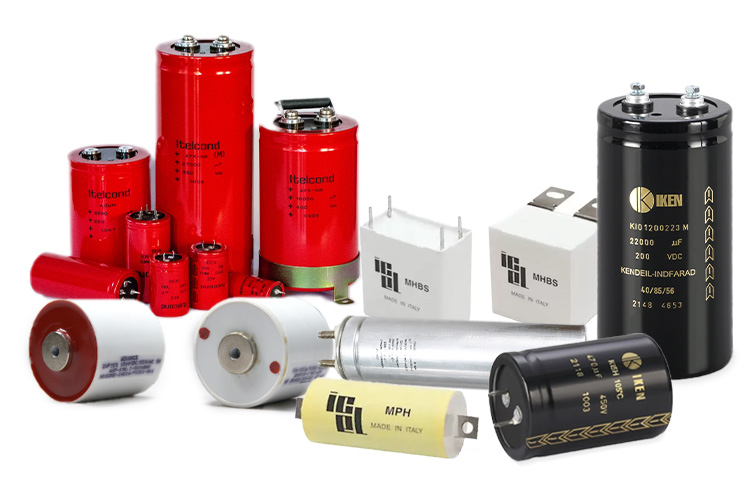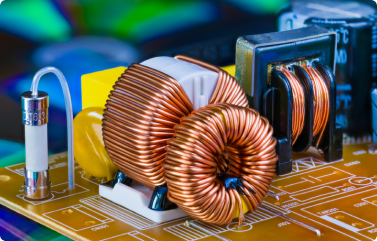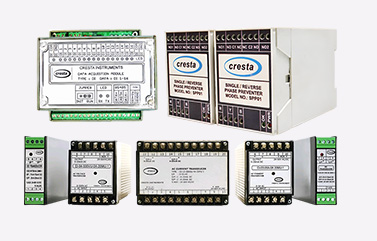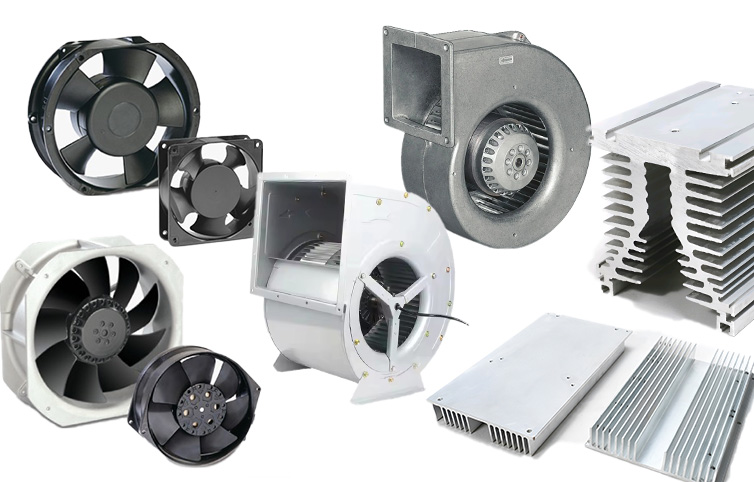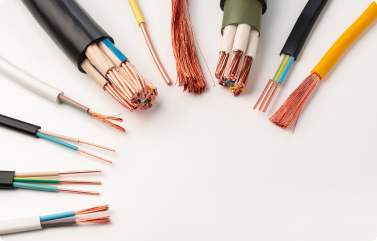Design Flexibility:
One of the standout features of casting heat sinks is the unparalleled design
flexibility they offer. Unlike traditional extrusion methods, which are limited
to simple shapes, casting accommodates complex geometries and sizes. This
versatility is particularly advantageous for applications that require bespoke
heat sink designs tailored to fit unique specifications. The ability to
incorporate intricate fin patterns, contours, and mounting features enhances the
heat sink's effectiveness while maintaining an aesthetically pleasing
appearance.
Durability: Casting
heat sinks are renowned for their durability and strength. The solidification
process results in a dense structure, which can withstand harsh environmental
conditions such as extreme temperatures, vibrations, and corrosive atmospheres.
This resilience makes casting heat sinks an ideal choice for industrial
applications, automotive systems, and outdoor electronics, where reliability and
longevity are paramount.
Thermal Efficiency:
The incorporation of complex fin designs in casting heat sinks significantly
enhances their thermal performance. By maximizing the surface area, these heat
sinks improve heat dissipation capabilities, ensuring that high-power electronic
components remain within optimal temperature ranges. Effective thermal
management is critical for preventing overheating, enhancing the performance and
longevity of electronic devices.
Cost-Effectiveness for
Large Production Runs: While the initial setup for casting molds can be
higher than other manufacturing methods, the cost-effectiveness of casting heat
sinks becomes apparent when producing large volumes. The ability to create
multiple units with consistent quality from a single mold minimizes production
costs over time, making casting a viable option for mass production.
Surface Finish
Options: The casting process allows for various surface finish
treatments that enhance the heat sink’s performance. Techniques such as
anodizing or powder coating can be applied post-casting to improve thermal
conductivity, protect against corrosion, and enhance the aesthetic appeal of the
heat sink.


